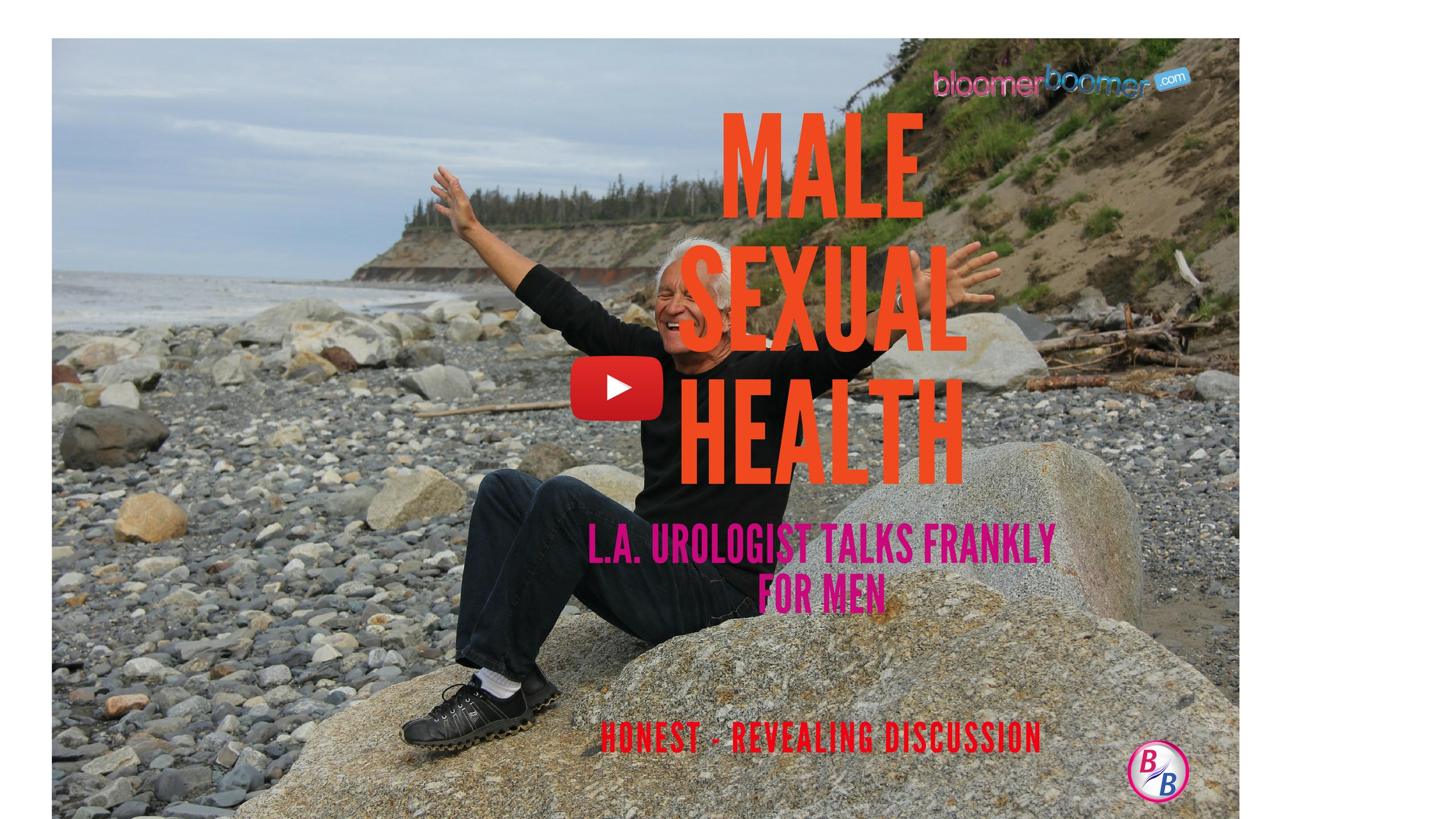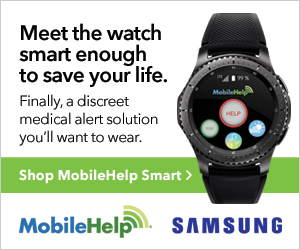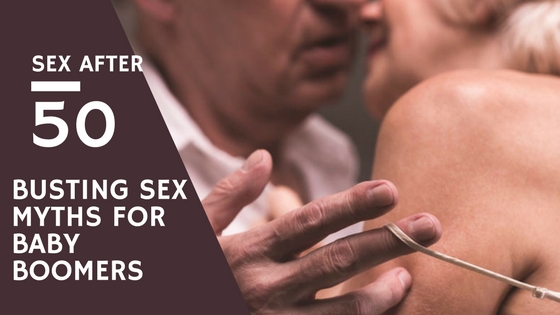Boomers Lead in Medical Tourism
 Baby Boomers are leading the way over foreign borders to access health care they perceive as unaffordable in the United States.
Baby Boomers are leading the way over foreign borders to access health care they perceive as unaffordable in the United States.
More than $2 trillion is spent on health care in the United States each year. Rajesh Rao, CEO of IndUSHealth, told the Huffington Post that more than 80 percent of Americans who cross borders to participate in medical tourism are baby boomers.
The aging population in the United States is increasingly pushed out of health care services due to the exorbitant costs of the American health marketplace and limited coverage. In order to reduce medical costs and still receive the care they need, boomers are taking planned trips to low-priced hospitals and facilities across international waters — and medical facilities and staff overseas are eagerly embracing medical tourists with deep discounts in tow.
According to Patients Beyond Borders, a consumer resource on medical tourism, Americans can save as much as 90 percent on the cost of health care abroad, compared to U.S. prices.
Commonly Visited Countries for Medical Care
Countries all over the world are dipping their toes into the flourishing health care tourism sector, where demand is high from American patients and profits are great for local medical industries. Patients Beyond Borders‘ list of the most popular medical tourism destinations and their potential discount percentages are:
- Brazil: 25-40%
- Costa Rica: 40-65%
- India: 65-90%
- Korea: 30-45%
- Malaysia: 65-80%
- Mexico: 40-65%
- Singapore: 30-45%
- Taiwan: 40-55%
- Thailand: 50-70%
- Turkey: 50-65%
Top-Requested Services
Health care procedures most sought-after by medical tourists include cosmetic surgeries, cardiovascular care, gastric bypasses, sports medicine treatment, and hip and knee replacements. In addition to these medical services, patients traveling overseas for cheaper health care are also taking advantage of foreign dentistry at low prices.
Storm Cunningham, CEO of ReCitizen, needed dental work for decay under a crown, but instead of going to his Virginia-based dentist who quoted him $1,850 for the procedure, he sought the assistance of a dentist based in Mexico.
“My wife and I were about to leave on vacation to the Mayan Riviera of Mexico, so [I] went onto the MexConnect website (for tourists and ex-pats) and asked if anyone knew of a good dentist in Playa del Carmen,” Cunningham said. ”I got a referral, made an appointment and stopped by the office.”
“He whipped out a neat little gadget with a counterweight. The crown flew into the air, he caught it in one hand, he cleaned out the decay and re-cemented the original crown. That was over a year ago, and I’ve had no problems with the tooth.”
The price he paid for the repair: $70.
Savings like this are what drive patients into the medical tourism free market, where cash is king and tourists often receive faster care compared to the approval timeline and paperwork that’s become commonplace within the U.S. heath insurance business.
Personal finance expert Clark Howard highlighted the flaws of the existing health system in the United States.
“We don’t have a market-based health care system yet,” Howard said. “Without the patient being the customer, normal market forces fail. The best comparison I can give is that when you go to the dentist, parking is free, [but] when you go to most doctors’ buildings or medical centers, you have to pay for parking. It is a great example of the distortions that exist when you don’t have a market-based business.”
Risks of Medical Tourism
More countries across the globe are gaining a competitive edge in the health care sector, especially as international hospitals earn Joint Commission International accreditation that requires facilities to meet the same standards as the U.S. Joint Commission.
However, there is still a level of risk that prospective medical tourists should be aware of, such as legal complications should malpractice or post-operative concerns come into play. Controversial procedures that are either illegal or unavailable in the United States, such as experimental stem-cell treatment and assisted suicide services, are also more attainable overseas, which presents added unknowns for patients and their families.
For now, medical tourism, especially in the early stages of the Affordable Care Act, is still a viable and highly accessible option for baby boomers and U.S. residents who are looking for an advanced level of medical care without breaking the bank.
Credit: GoBankingRates.com
This article comes from Jennifer Calonia of www.GoBankingRates.com, your source for personal finance news and the best interest rates nationwide.
Category: Articles, Senior Health, Travel



































